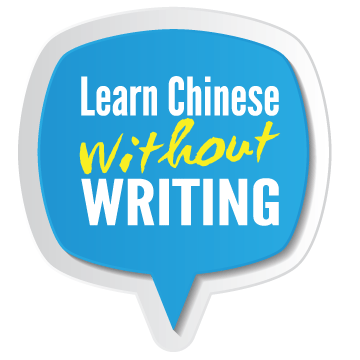Bond Points and Cross Points in Chinese Characters
- W. Q. Blosh
- May 27, 2016
- 1 min read
To beginners, Chinese characters look really complicated because of the intertwining strokes. It can be confusing
which stroke is over which stroke,
where is the starting point of a character,
what are the individual strokes that make up the character …
A stroke could be mistaken as two individual strokes. See the example on 'kou'. How many strokes are there in this character?

Scroll down for the answer.
.
.
.

1. Apart
Describes strokes not touching one another
2. Bonding
At least one part of a stroke touches another stroke.
3. Crossing
At least two strokes intersecting each other.
.
.
.
.
.
.
.
.
.
.
.
.
.
.
.
.
.
.
.
.
.
.
.
.
.
.
.
.
.
.
.
Students who 'draw' instead of write characters, will say the answer is 'one stroke (1)'. Others who have not learnt Chinese will likely choose 'four strokes (4)'.
The correct answer is 'three strokes (3)', as one of the strokes is a 7-Bend.

If you add the 'Bond Points (BP)' to the character, the individual strokes can be seen at a glance. A Bond Point is where two or more strokes join but not cross one another.
A Cross Point (CP) is where two strokes intersect each other. See example on character 'feng' below:

Note when there is a BP, the stroke does not intersects another stroke, hence there is no protrusion., Compare the difference between BP and CP in these characters.





































Comments